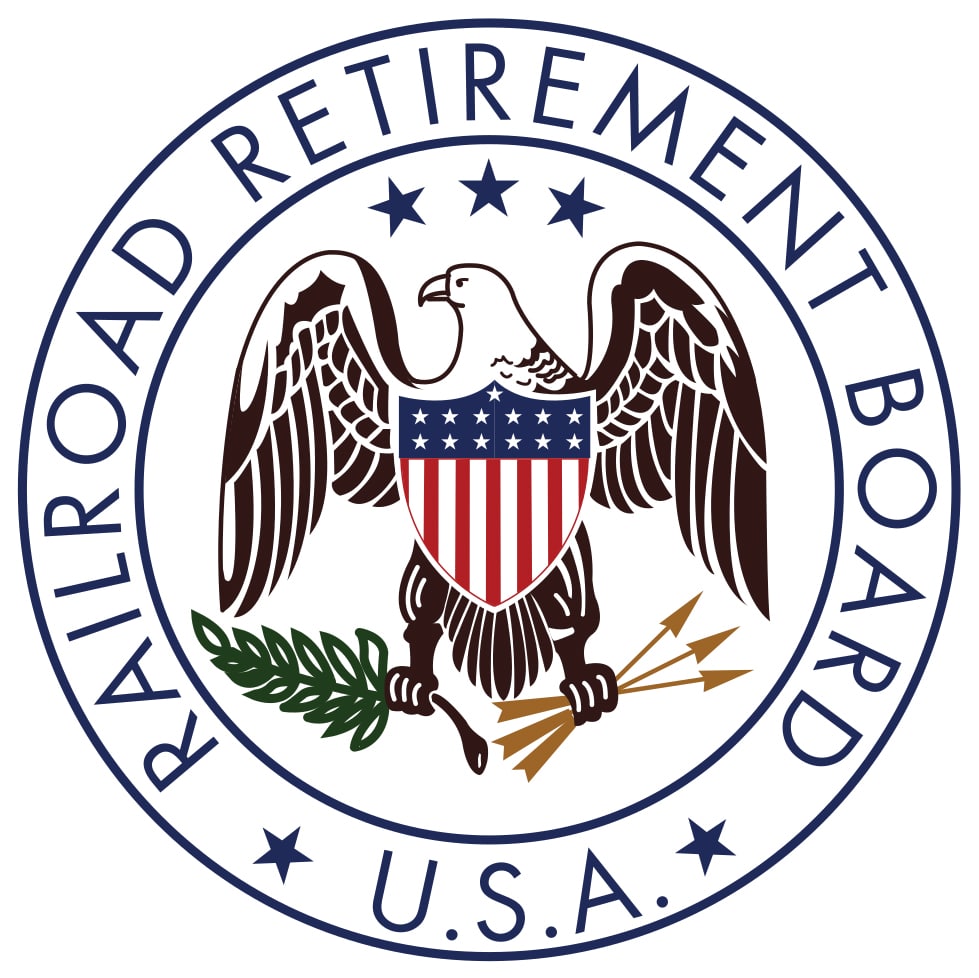
The amounts of compensation subject to Railroad Retirement Tier I and Tier II payroll taxes will go up in 2023, while the tax rates on employers and employees will stay the same. In addition, unemployment insurance contribution rates paid by railroad employers will include a surcharge of 1.5%, down from 3.5% in 2022, due to an improved employment outlook since the beginning of the pandemic.
Tier I and Medicare Tax — The Railroad Retirement Tier I payroll tax rate on covered rail employers and employees for 2023 remains at 7.65%. The Railroad Retirement Tier I tax rate is the same as the Social Security tax, and for withholding and reporting purposes is divided into 6.20% for retirement and 1.45% for Medicare hospital insurance. The maximum amount of an employee’s earnings subject to the 6.20% rate increases from $147,000 to $160,200 in 2023, with no maximum on earnings subject to the 1.45% Medicare rate.
An additional Medicare payroll tax of 0.9% applies to an individual’s income exceeding $200,000, or $250,000 for a married couple filing a joint tax return. While employers will begin withholding the additional Medicare tax as soon as an individual’s wages exceed the $200,000 threshold, the final amount owed or refunded will be calculated as part of the individual’s federal income tax return.
Tier II Tax — The Railroad Retirement Tier II tax rates in 2023 will remain at 4.9% for employees and 13.1% for employers. The maximum amount of earnings subject to Railroad Retirement Tier II taxes in 2023 will increase from $109,200 to $118,800. Tier II tax rates are based on an average account benefits ratio reflecting Railroad Retirement fund levels. Depending on this ratio, the Tier II tax rate for employees can be between 0% and 4.9%, while the Tier II rate for employers can range between 8.2% and 22.1%.
Unemployment Insurance Contributions — Employers, but not employees, pay railroad unemployment insurance contributions, which are experience-rated by employer. The Railroad Unemployment Insurance Act (RUIA) also provides for a surcharge in the event the Railroad Unemployment Insurance Account balance falls below an indexed threshold amount. The accrual balance of the Railroad Unemployment Insurance Account was $112.7 million on June 30, 2022. Since the balance was below the indexed $100 million threshold (currently $137.9 million), but above the $50 million indexed threshold (currently $67.0 million), this results in a 1.5% surcharge in 2023. There was a surcharge of 3.5% in 2022 and 2.5% in 2021.
As a result, the unemployment insurance contribution rates on railroad employers in 2023 will range from the minimum rate of 2.15% to the maximum of 12.0% on monthly compensation up to $1,895, an increase from $1,755 in 2022.
In 2023, the minimum rate of 2.15% will apply to 80% of covered employers, with 6% paying the maximum rate of 12.0%. New employers will pay an unemployment insurance contribution rate of 2.82%, which represents the average rate paid by all employers in the period 2019-2021.
| Tax Type | Rate – Employee | Rate – Employer | Annual Taxable Maximum | Annual Tax Amount Employer |
| Tier 1 – Medicare* | 1.45% | 1.45% | No Maximum | No Maximum |
| Tier 1 – Railroad Retirement | 6.20% | 6.20% | $160,200.00 | $9,932.40 |
| Tier 2 – Railroad Retirement | 4.90% | 13.10% | $118,800.00 | $15,562.80 |
| Total | 12.55% | 20.75% | $25,495.20 |
Note: Tier 1 Medicare and Tier 1 Railroad Retirement tax rates are equivalent to Social Security tax rates set for 2023. Tier 2 Railroad Retirement tax rates do not apply to employees subject to Social Security.
Below are PDFs of various releases from the RRB on 2023 tax rates:
RRB Program Letter 2023-02 (PL 23-02)
Railroad Retirement and Unemployment Insurance Taxes in 2023 (NR 2207)